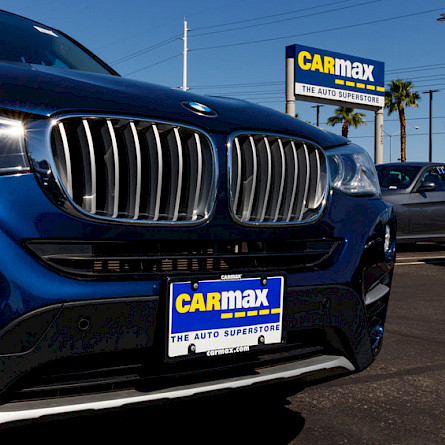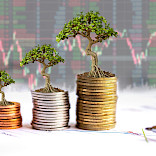I have the distinct impression that the markets are moving from “growth” mode to “value” mode.
From the outset, I admit that I don’t like this mania that we all have to categorize and place things either in one camp or the other, “black or white”, knowing full well that the vast majority of phenomena are a shade of gray. The term “value” as opposed to “growth” is in my opinion misleading because growth is an integral part of a company’s value.
That said, as noted by Messrs. Munger and Buffett, the stock markets have been a veritable “gambling parlour” over the past few years. It is probably because of abnormally low interest rates which encouraged greater risk taking on the part of investors, who have, it seems to me, favoured the characteristics of “growth” while ignoring the basic principles of “value”.
Margin investing, day trading, initial public offerings (“IPO”), “meme” stocks, Robinhood, cryptocurrencies, “SPAC” (“Special Purpose Acquisition Corporations”) are all phenomena of recent years that are symptomatic of a high level of speculation. At the same time, investors have, it seems to me, placed little importance on the elements that underpin “value”: a company’s profitability, the robustness of its long-term business model, the long-term vision of its leaders and the strength of its balance sheet.
Allow me to present the example of two companies operating in the same sector, that of the sale of used cars: CarMax (“KMX”; of which COTE 100 has been a shareholder for many years) and Carvana (“CVNA”). Although they are two competitors in the same sector, I believe that the two companies could hardly be more different in several respects.
On the one hand, the profitability ratios of the two business models are poles apart. CarMax has been showing growing earnings for many years while Carvana has yet to report a profit since going public in 2017. Analysts on average forecast a loss of $6.95 per share in 2022 for Carvana, or about -$1 billion, while they forecast earnings per share of $5.96 for CarMax, or nearly +$1.0 billion.
The balance sheets of the two companies also differ greatly. In both cases, I exclude the debt related to their financing activities. In the case of CarMax, net debt is just under $3.2 billion, which translates to a net debt-to-operating earnings (EBITDA) ratio of 1.72. As for Carvana, its net debt amounted to just over $5.0 billion as of December 31, 2021. Recently, to finance the acquisition of the American activities of ADESA from KAR Auction Services, Carvana sold nearly $3.3 billion in debt at an interest rate of 10.25%.
A few months ago, Carvana shares were trading at valuation levels that I consider irrational. At its peak of over $375 a share, the company’s capitalization was over $65 billion, or 5.2 times its 2021 revenue. As for CarMax, at the peak of over $155, the company was worth about $25 billion, or about 0.8 times its 2022 (February) revenue.
Carvana’s stock has fallen almost 85% since its peak in August 2021 while CarMax’s has lost around 39% since its peak in November. With this drop in Carvana’s stock, it becomes much more difficult for the company to fund its business (and its losses) on favourable terms (as indicated by its most recent funding). CarMax, on the other hand, has no need for external capital to continue its growth.
Remember the last time we had an episode where speculation reached high levels – the late 1990s. By the early 2000s, many of the companies, whose stocks had caught the attention of speculators, had disappeared. Meanwhile, those who weathered the crisis have emerged even stronger.
I believe that we could very well see the same phenomenon in the next few years as investors return to the basic principles of value investing: the importance of profits, the solidity of long-term business models and a reasonable valuation.





